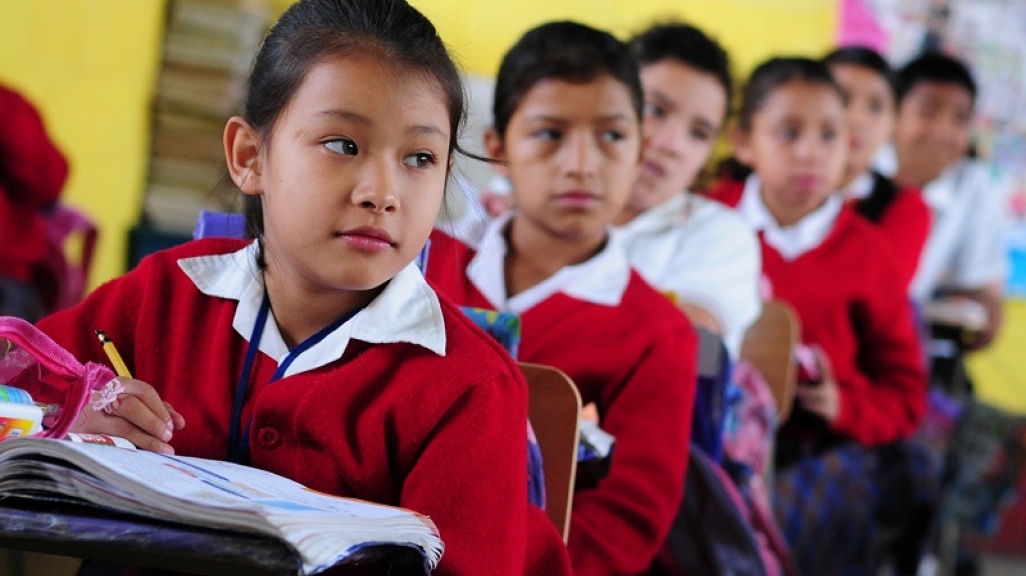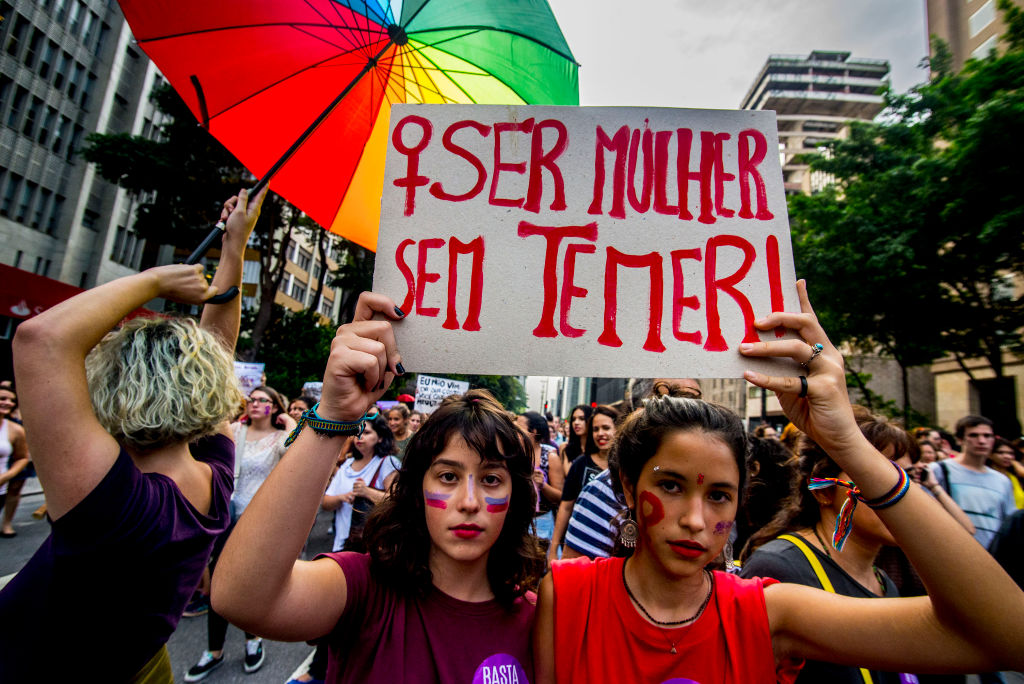What's Really Causing the Border Crisis
What's Really Causing the Border Crisis
Americas Quarterly’s Social Inclusion Index demonstrates the causes fueling the Central American migrant crisis, writes AS/COA’s Christopher Sabatini for U.S. News & World Report.
It’s always been a mistake to think about Latin America as if it were a homogeneous region. But at no time have the differences — and their impact on U.S. policy perceptions of its southern neighbors — been more important than now. One need only look at the levels of social inclusion in the region to see both the stark distinctions that exist from the Rio Grande to the Tierra del Fuego, and the reasons for the flood of unaccompanied minors from Central America and Mexico entering the U.S.
When the presidents of El Salvador, Honduras, Guatemala and the United States convened in Washington in July to discuss the 57,000 unaccompanied children that have crossed the U.S. border in the past year, their final statement mentioned the importance of access to education, jobs and social and economic opportunities in the youth’s home countries. Guatemalan President Otto Pérez Molina argued in an interview with the Washington Post that if the U.S. were to invest just 10 percent of what it spends on border security in the development of El Salvador, Honduras and Guatemala, it would be more effective in stemming the flow of undocumented immigrants....
Read the full article in U.S. News & World Report's online opinion section.








